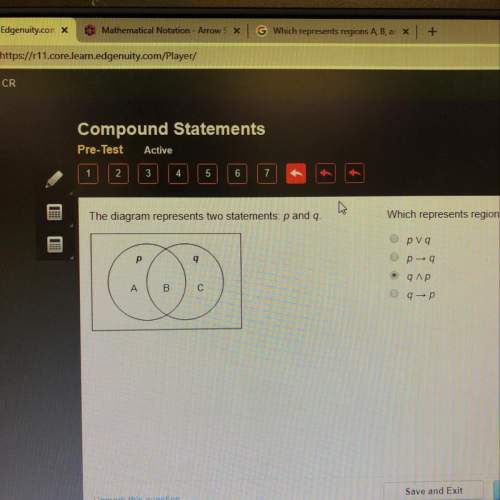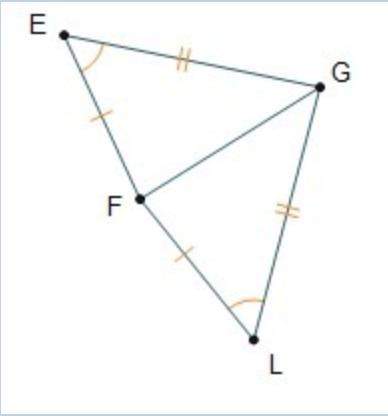
Mathematics, 27.11.2019 19:31 Claude512
You flip a fair coin 100 times. define random variable y = proportion of heads. a) what is the expected proportion of heads for this experiment? b) what is the standard deviation for this experiment? c) what is the probability that the proportion of heads is between 0.45 and 0.60? d) what is the probability that the proportion of heads is greater than 0.60?

Answers: 1
Another question on Mathematics

Mathematics, 21.06.2019 20:30
If m∠abc = 70°, what is m∠abd? justify your reasoning. using the addition property of equality, 40 + 70 = 110, so m∠abd = 110°. using the subtraction property of equality, 70 − 30 = 40, so m∠abd = 30°. using the angle addition postulate, 40 + m∠abd = 70. so, m∠abd = 30° using the subtraction property of equality. using the angle addition postulate, 40 + 70 = m∠abd. so, m∠abd = 110° using the addition property of equality.
Answers: 2

Mathematics, 21.06.2019 22:00
Which sum or difference identity would you use to verify that cos (180° - q) = -cos q? a.) sin (a -b) = sin a cos b – cos a sin b b.) cos (a -b) = cos a cos b – sin a sin b c.) cos (a -b) = cos a cosb + sin a sin b d.) sin (a + b) = sin a cos b + cos a sin b
Answers: 1

Mathematics, 21.06.2019 22:30
What fraction is equivalent to 0.46464646··· a. 46⁄99 b. 46⁄999 c. 46⁄100 d. 23⁄50
Answers: 1

Mathematics, 21.06.2019 23:00
The equation shown below represents function f. f(x)= -2x+5 the graph shown below represents function g. which of the following statements is true? a. over the interval [2, 4], the average rate of change of f is the same as the average rate of change of g. the y-intercept of function f is less than the y-intercept of function g. b. over the interval [2, 4], the average rate of change of f is greater than the average rate of change of g. the y-intercept of function f is greater than the y-intercept of function g. c. over the interval [2, 4], the average rate of change of f is the same as the average rate of change of g. the y-intercept of function f is greater than the y-intercept of function g. d. over the interval [2, 4], the average rate of change of f is less than the average rate of change of g. the y-intercept of function f is the same as the y-intercept of function g.
Answers: 1
You know the right answer?
You flip a fair coin 100 times. define random variable y = proportion of heads. a) what is the expec...
Questions

Biology, 15.10.2019 03:30

Biology, 15.10.2019 03:30



History, 15.10.2019 03:30

Mathematics, 15.10.2019 03:30





Mathematics, 15.10.2019 03:30


Social Studies, 15.10.2019 03:30


Geography, 15.10.2019 03:30

Biology, 15.10.2019 03:30


Mathematics, 15.10.2019 03:30






